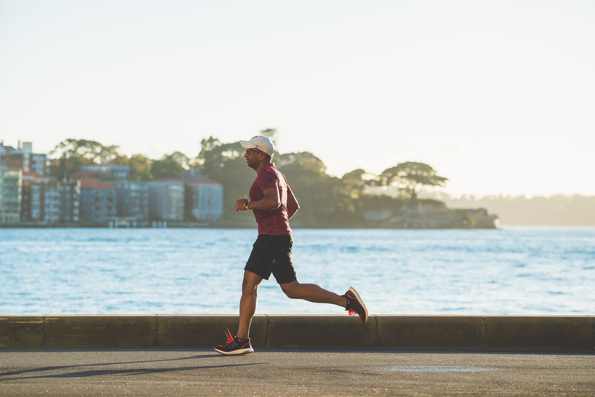Veins and arteries play a major role in circulating blood. They work together to develop a cycle that transports blood from the heart, transferring oxygen and other minerals to the organs and bringing back deoxygenated blood. There are numerous benefits of blood circulation in the body. The major benefits of this process include the removal of waste from the cells and providing oxygen for each heartbeat.

(Source)
Arteries are responsible for carrying oxygenated blood to the body. However, veins transfer oxygen-depleted blood to the heart. Below, we will share some of the differences and similarities between veins and arteries:
Veins and Arteries: Similarities
Even though arteries and veins play different roles in the body, they are similar in various ways:
· Type of Blood Vessels
Arteries and veins form a part of the circulatory system of the body. Both these vessels maintain the flow of the blood and provide oxygenated blood to the body. Furthermore, they also deliver deoxygenated blood back for purification. Besides blood circulation, they supply nutrients, hormones, and nourishment to the body. The circulation system also helps fight diseases and maintain body temperature.
· Transportation of Blood
Blood transportation is a natural process by which the body carries oxygen to the organs and brings back carbon dioxide. It takes two heartbeats for your veins and arteries to complete circulation once. With good blood flow, you will stay healthy and active. Nevertheless, your body is prone to developing blood vessel conditions that affect the circulation of the blood.
· Both Include Different Layers of Cells
Arteries and veins consist of various layers of cells that maintain the structure. These vessels are flexible and provide nutrients to the body. The structure of these vessels contains three layers. The first layer, tunica intima, is the innermost layer. It consists of different capillaries that connect the vessels with the connective tissues. The middle layer is tunica media. It is a thick layer and maintains blood pressure. The outermost layer of veins and arteries is the tunica externa. It includes connective fibers and protects the vessels from damage. However, veins also include valves in their innermost layer, tunica intima for forwarding blood flow.
· One Directional Blood Transportation
Both these vessels move in a single direction. The role of these vessels is to maintain the forward flow of the blood. Vessels will only transport the blood from the heart to the organs. However, veins will transfer the blood to the heart for purification.
Veins and Arteries: Differences
Regardless of similarities, there are many differences between these types of vessels. Even though their tasks are to complete the circulation of blood, they perform the functions at different stages in different ways.
Direction for Blood Circulation
Arteries and veins both circulate the blood in different directions. Arteries help the blood flow away from the heart, as they carry blood containing oxygen. On the other hand, veins will carry the blood back to the heart, which it collects from different organs. Because of their directions, their roles in the circulation of blood are also different. Arteries will transfer the oxygenated blood away from the heart to different organs. However, veins will carry deoxygenated blood back to the heart.

(Source)
The Pressure of the Blood Flow
The arteries contain high blood pressure. These vessels receive blood from the heart after contractions. This contraction will push the blood away from the heart, creating pressure. To maintain the pressure of the blood, the walls of the arteries are thicker.
Veins have thinner walls. Their blood pressure is also lower because it transfers the blood to the heart. As the contraction does not work with the veins, it has to generate its own pressure. Therefore, it contains numerous valves attached to the inner wall. When the blood moves forward, the valve closes, preventing a backward flow. When the valve opens up, it generates pressure that moves the blood upwards. Your movement triggers the opening and closing of the valves.
Veins & Arteries: Conclusion
The above context provides enough information about the similarities and dissimilarities of the veins and arteries. Because of poor circulation and other reasons, you may develop various disorders. Vascular disorders for vessels and veins are also different.
If you have concerns about common venous diseases, you can contact our clinic in New York City. Make an appointment with our highly qualified vascular surgeon at 212-993-6133.


